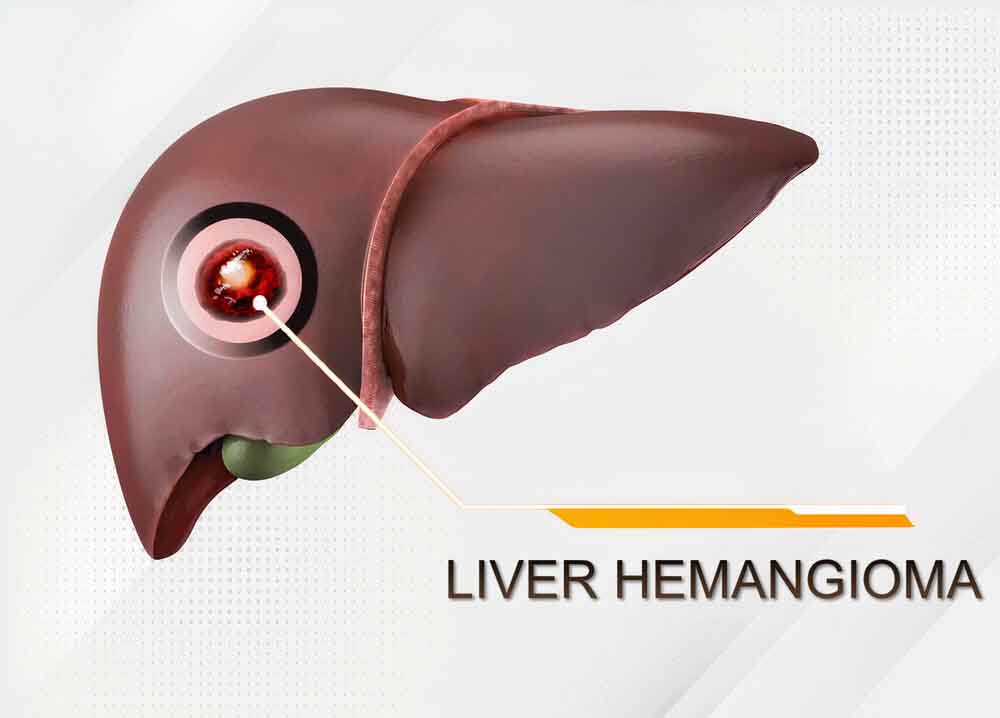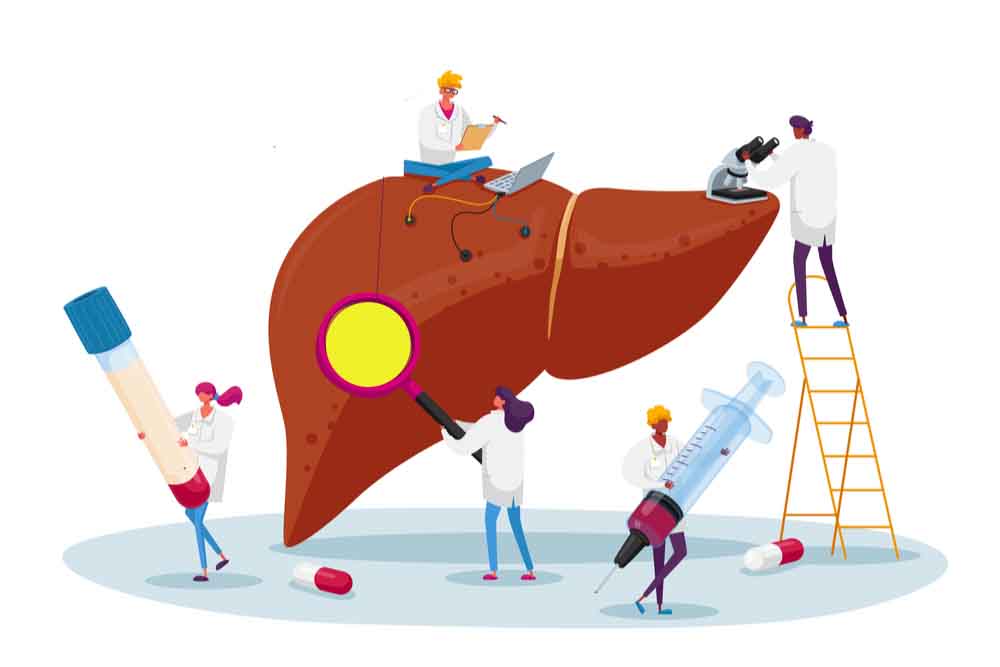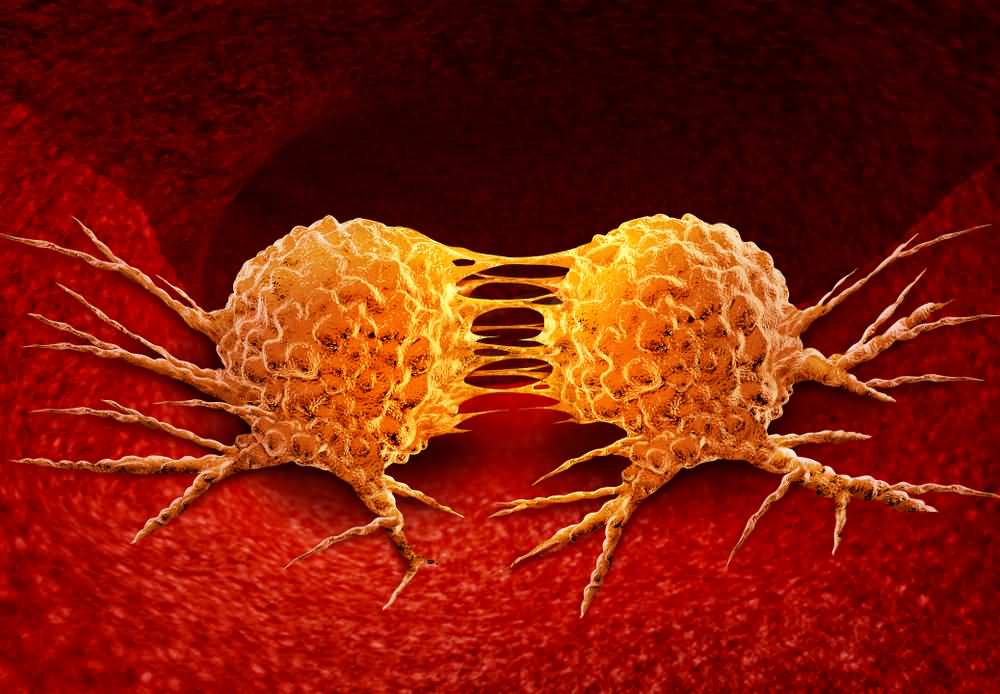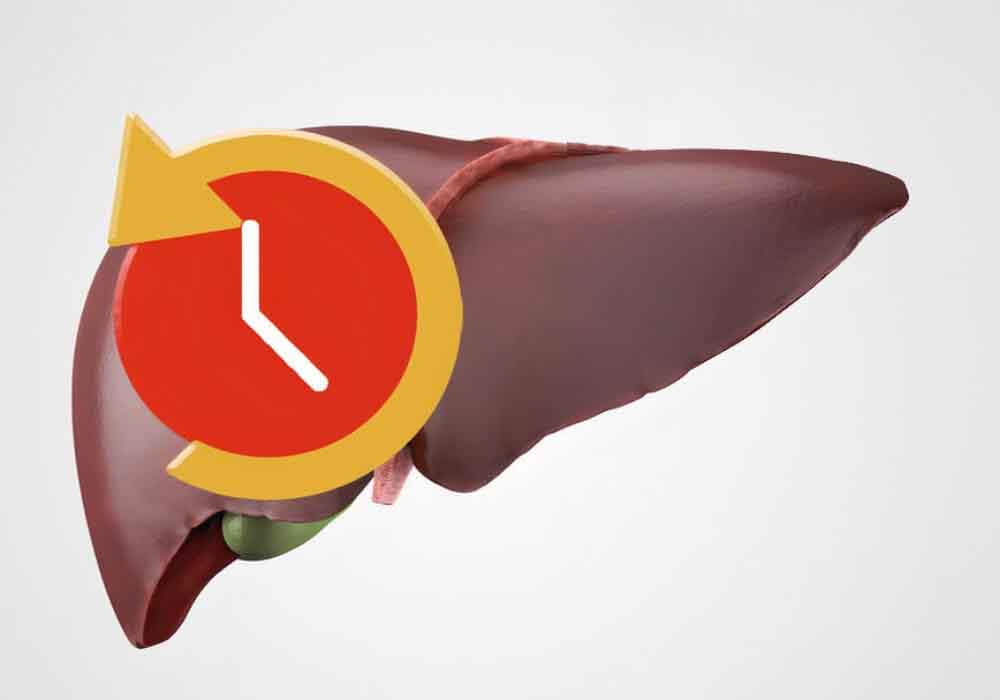Benign tumors of the liver are commoner than most people think. In fact, more than 25% of all humans have benign tumors in their livers that would never manifest. Hemangioma is the commonest of benign tumors. Benign tumors of the liver include hemangiomas, focal nodular hyperplasia, hepatocellular adenomas and other less common types as angiolipomas and lipomas. As a general rule, benign tumors do not turn malignant except for hepatocellular adenoma. They can cause complications as rupture or severe abdominal pain. In such cases, treatment becomes a must and surgery is usually the only option.
Understanding benign tumors of the liver helps to remove much of the anxiety of their diagnosis. People tend to not differentiate between a benign or a malignant tumor and such stigma cannot be removed except by good understanding of what benign tumors are and how they develop.
What is a hemangioma?
A hemangioma is a cluster of the cells forming the inner lining of the blood vessels. This results in the formation of a blood-filled cavity anywhere in the body. It can occur on your skin, inside your brain or in your liver. Hemangiomas are very common. Liver hemangiomas are estimated to occur in one of every five humans, making them the most common benign tumors of the liver. This high prevalence points at how benign they are. A hemangioma has no risk of turning malignant. It is usually without any symptoms, but when it causes symptoms, it is usually troublesome, and treatment becomes a must.
It was long believed that oral contraceptive pills caused them, but that was not proven by any study conducted. It was only proven that oral contraceptive pills can accelerate their growth in some patients. With that said, liver hemangiomas were found almost exclusively in females pointing towards a hormonal cause. Pregnancy can also enlarge a hemangioma, and in rare occasions cause it to rupture.
How is hemangioma diagnosed?
Hemangiomas are symptomless but can cause problems if they are a part of another disease or “syndrome”. A syndrome is a group of well-known symptoms and findings that usually result from a single disease process. Liver hemagiomas can occur in cases of systemic lupus of Klippel- Trenaunay syndrome. Otherwise, the main complaint is upper abdominal pain especially on the right side and a feeling of fullness. Your doctor will examine your abdomen and sometimes listen using their stethoscope because large hemangiomas produce a “murmur”.
Afterwards and to confirm the diagnosis, some lab tests and imaging studies are done. Lab tests such as a complete blood picture are routine. However, they can indicate a common complication of hemangiomas where platelets decrease in number. Also, liver function tests may be needed in some cases of large hemangiomas.
Imaging studies include a liver ultrasound, which can reveal the hemangioma, albeit with a low accuracy and it can be mistaken for any other benign or even malignant tumors. The main imaging study to confirm a hemangioma is a triphasic CT, which involves a CT scan of the liver in 3 stages with contrast injection. An MRI can be done in some cases when CT can’t be done as in pregnancy when hemangioma is diagnosed most. A biopsy is impossible in a hemangioma due to the risk of hemorrhage.
Can my hemangioma turn malignant?
The word tumor is never a welcome one, and no matter how much the doctor assures the patient that their tumor is benign and needs no further treatment -or no treatment at all-, the patient will always be anxious about the term and the diagnosis. A hemangioma is not only benign, but the risk of it turning malignant is non-existent. What needs to be excluded, however, is whether the main tumor was a malignant one.
A hepatocellular carcinoma can be very vascular that it shows on ultrasound and in some CT scans similarly to a hemangioma. This can be ruled out by a triphasic CT scan and some blood tests. If your doctor is still unsure, they may advise you to follow-up after a few weeks.
There is usually no need to worry about the tumor in those weeks since a hepatocellular carcinoma is unlikely to grow significantly in those weeks nor can the window of surgery be closed in them. Although the treatment of both tumors is surgical, the treatment of a cancer is more complex and can include chemotherapy or abandoning surgery in advanced disease, which is why differentiating is important.
Can my hemangioma recur?
Generally, benign tumors do not recur, but if the main cause of their development persists, they can occur once again unrelated to the original tumor. Hemangiomas can be multiple, and a previously undetectable hemangioma can enlarge and be detectable, giving the false impression that it has recurred. Hemangiomas can also occur after a large one is removed. This is not a cause for worry, however, as they do not usually reach a large size, nor do they cause symptoms once again.
Only malignant tumor as hepatocellular carcinoma can recur due to cells left behind by the surgeon after the operation, and in such conditions, the outcome becomes grim, and the second surgery is never as successful as the first one. Benign tumors can also be related to genetics, and people who have multiple hemangiomas are more likely to have new ones than those with a single one. In case of syndromes as Klippel- Trenaunay, hemangiomas can also occur and are more likely to cause symptoms and complications.
Treatment of hemangioma
Hemangioma is a natural accidental occurrence, and its treatment is not always needed. In fact, in small hemangiomas with no complications or symptoms, not even follow up is required. However, in some cases, treatment is recommended and in others it is needed:
If the hemangioma is growing in size, follow-up may be needed in an interval set by your doctor. This can be done using an ultrasound or, more often, a CT scan. Meanwhile, you will be instructed by your doctor to avoid any trauma to your upper abdomen, and if you are practicing a certain sport that involves such trauma, you should cease it for the time being.
If the hemangioma is large in size, your doctor may choose to operate on it. Operations involving direct removal of the tumor are no longer done due to the risk of bleeding. Instead, you may be referred to an interventional radiologist who will catheterize the blood vessels supplying the hemangioma and then occlude them, a process known as embolization. This can be sufficient in most cases as the hemangioma will rapidly decrease in size and involute. However, in larger ones, surgical removal can be done following embolization.
If you are unfit for surgery or if you refuse it, medical treatment can be attempted including the use of beta blockers or a new class of drugs called anti-VEGF agents. Both work by preventing the proliferation of the cells forming the hemangioma. Studies have shown that such treatment can improve the condition and potentially shrink the hemangioma. However, it is not recommended to replace surgery with medications unless the patient cannot undergo surgery.
In women receiving oral contraceptive pills who have a hemangioma, your doctor may advise you to seek another method of contraception as an IUD or condoms. Another option would be to follow-up on the hemangioma to detect whether it grows while on oral contraceptive pills or not and to decide afterwards. Both are viable options, and you can always discuss your concerns with your doctor.
Pregnant women have an increased risk of complications of their hemangiomas, especially if they are large in size. Surgical treatment is avoided for as long as possible. However, if surgery is indicated, there will be a minimal risk of miscarriage and no risk of fetal harm. Your doctor always bases their decision on the benefits expected from a procedure or a medication versus the risks it may pose, and in all cases they will decide which is best for you.
Complications of hemangioma surgery
Surgery is generally safe for hemangiomas and the risk of bleeding is minimal. However, complications are a possibility in any surgery and complications that occur during hemangioma surgery include:
Post operative pain, which is usually temporary. You will be given an analgesic by your doctor for the postoperative period.
Bleeding: Although most of the bleeding is controlled by embolization before the operation, bleeding can still occur. However, it is rarely severe, and it is unlikely that you will need blood transfusion.
Liver damage: Liver damage is a possibility because it is a soft organ. It is managed within the operation and will heal on its own afterwards with no lasting effects.
Removal of the gall bladder: If you have concurrent conditions in your gall bladder as gall bladder stones, your doctor may suggest they remove it in the same operation. You have the final say in that of course.

 Home
Home Health
Health Diet & Nutrition
Diet & Nutrition Living Well
Living Well More
More
















